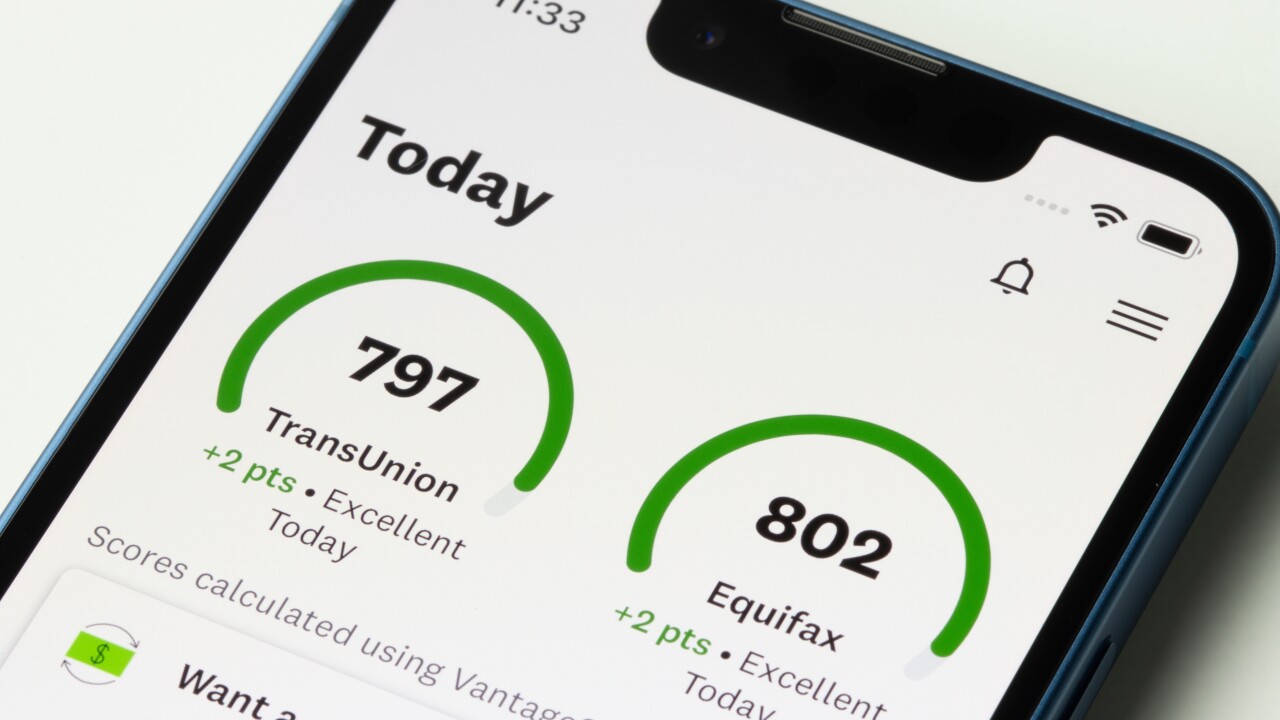
Electronic signature technology has been available — as far back as June 30, 2000 when President Clinton signed the Electronic Signatures in Global and National Commerce Act, which could reasonably lead one to expect that electronic closings would be used routinely by now. Yet, while more stages of the mortgage origination process continue to go digital, this is one stubborn piece of the puzzle that
Every lender we do business with supports the concept of an e-closing. So does the Consumer Financial Protection Bureau, as witnessed by several of our customers — top national and regional lenders — who have told us about calls received from the topmost ranks of the CFPB asking them to proactively support e-closings. These same customers tell us that e-closings are indeed part of their strategic vision. Yet, they cite time and resources as being the biggest obstacles preventing them from implementing e-closings. Implementing the TILA-RESPA integrated disclosures continues to be their primary focus at the moment, and likely will be for at least the rest of this year.
Despite the
This is all about to change. After more than a decade of moving the industry toward e-mortgages, the
Investing in Customer Experience Up Front
From a customer lifecycle standpoint, e-closings only matter if you have customers. Focusing "e" efforts on the initial stages of the origination process — application, underwriting — helps lenders convert more of those applications to customers, and over the past couple of years we have seen an increase in the number of e-delivery deployments in the pre-close stage. These implementations are achieving adoption rates of over 80%, which means borrowers are well-positioned to accept, and soon expect, an e-closing. Getting customers engaged early makes complete sense, and e-closings will follow naturally as this continues to occur.
Acceptance by Investors
Downstream acceptance of electronic signatures has long been an inhibitor to e-closings and e-mortgages, but the adoption of data standards is playing a big role in removing this barrier. Investors and others in the value chain have at last discerned that electronic data that is "native," rather than information from paper documents that is repeatedly handled by systems and human beings, is more credible, portable and useful. With the government-sponsored enterprises requiring MISMO 3.3 compliance for all loans, the format of loan data will start to standardize. GSE-compliant electronic formats will pave the way for all investors, including private ones, to be more accepting of electronically signed documents.
Demographic Shifts
While consumers are not yet choosing their mortgage lenders based on whether they can do an e-closing, the time is not far off when it will become a differentiator, and then eventually a minimum expectation. As noted in report after report, the millennial generation's preferences are reshaping how business is executed. They expect sensible efficiency and have little patience with bureaucratic procedures that fail to leverage obvious advances made elsewhere through technology. With that demographic now constituting the largest segment of potential homebuyers, the mortgage process will assuredly continue to change and evolve. It is highly doubtful that today's paper-based closing process will endure much longer; millennials will look at stacks of closing documents with disdain and favor electronic alternatives.
Regulatory Influence
The final factor moving the needle on e-closings is the influence of regulators, specifically the CFPB and Federal Housing Finance Authority. It can be argued that TRID has actually improved the odds of e-closings coming to fruition sooner rather than later because the rule has been such an enormous process change and lenders are rethinking large portions of the mortgage workflow. And because the ability to access data is so critical to TRID compliance, lenders will soon be in a better position to deploy e-closing initiatives thanks to the shift to data standards and adoption of enhanced systems. Additionally, FHFA's mandate that the GSEs adopt the Uniform Closing Dataset by early next year means that each loan sold to Freddie Mac and Fannie Mae must conform to the data standard. We see this as 2017's TRID-equivalent lender concern. Fortunately, the required technology is in place and ready for deployment.
The evolution towards a completely paperless process is inevitable. All it will take is the first domino to fall — and the likelihood of that happening increases with every additional step taken.
Alec Cheung is a vice president at eLynx.





